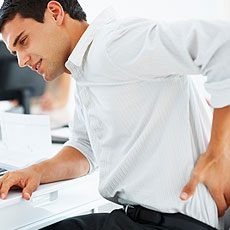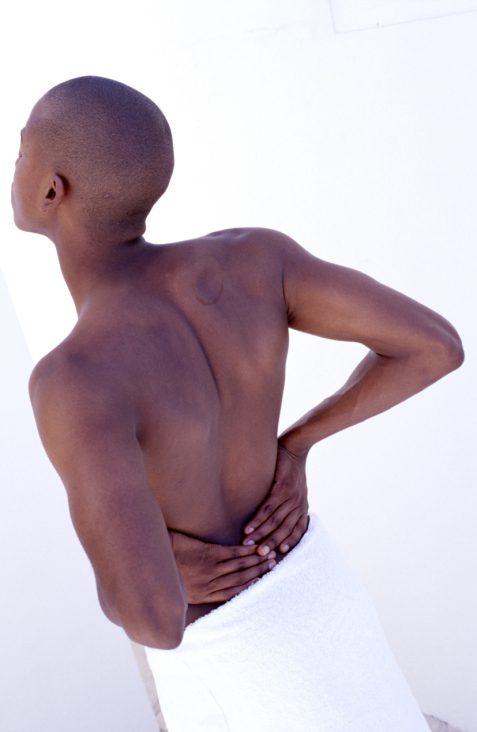Do you know when to use heat and when to use ice?
Read the full article by Andrew Moeller, here: https://www.spine-health.com/blog/should-i-use-ice-or-heat-my-lower-back-pain
Ice in the first 24 to 72 hours
Generally it is best to apply cold therapy to your back in the first 24 to 72 hours following an injury, and back injuries are no different. Cold can help to reduce the inflammation and swelling caused by the injury. This in turn will reduce your pain by numbing the area through the slowing the response of the nerve endings and also decrease the tissue damage caused by the inflammation.
Cold can be applied in numerous ways: a frozen bag of vegetables (peas work well) , frozen gel packs, and ice cubes in a damp towel. Regardless of which option you choose, make sure to note the following precautions:
- To avoid burning the area, place a towel or tea-towel between the ice and your skin.
- Apply cold therapy for no more than 15-20 minutes at a time. You can re-apply cold therapy every hour up to 8 to 10 times per 24 hour period.

Use heat to encourage healing
After the initial swelling and inflammation has eased, applying heat therapy will encourage healing in your lower back. Heat helps to stimulates blood flow in the area of injury, thereby allowing the inflammatory mediators and damaged cells to be removed whilst bringing oxygen and nutrients to help repair the damaged tissues. Heat can also inhibit the transmission of pain signals to your brain and decrease your stiffness by helping to relax tight scar tissue in the muscles and ligaments.
At the Reading Chiropractor, we would always recommend the use of moist heat therapy, this penetrates deeper and therefore will have more of an effect to the deeper tissues of the low back. This can be achieved with a hot water bottle wrapped in a moist towel, or a nice warm bath.
If you have diabetes, an open wound, or dermatitis it is best to avoid heat therapy altogether.
Additionally, if you do suffer from extended or chronic lower back pain make sure to receive care from a qualified medical professional, such as a chiropractor at the Reading Chiropractor. Relying on self-care for too long may make your back pain worse.
To read more on the on the use of ice-packs in the relief of low-back pain https://www.spine-health.com/treatment/heat-therapy-cold-therapy/ice-packs-back-pain-relief










